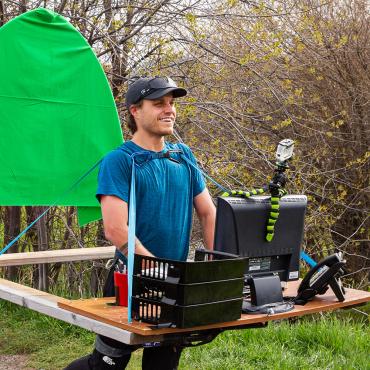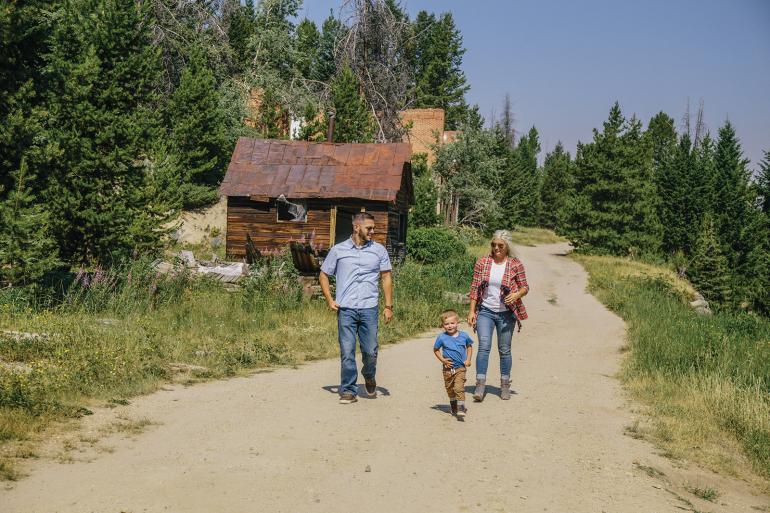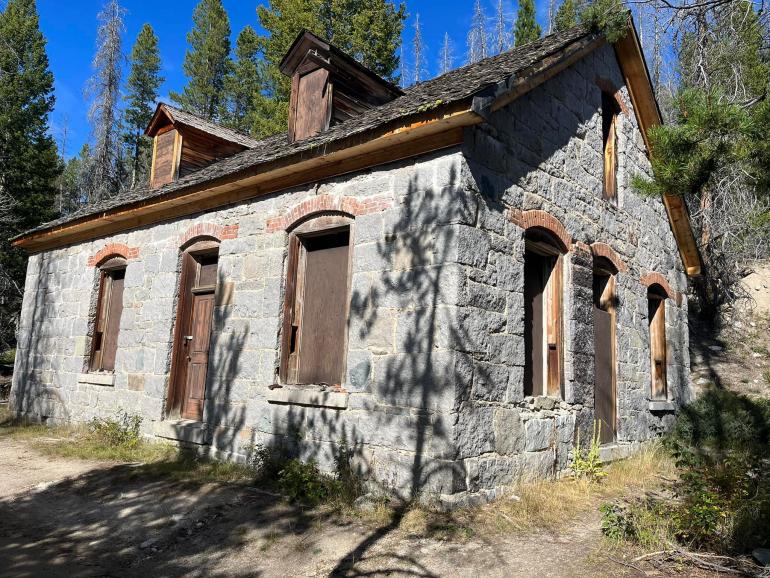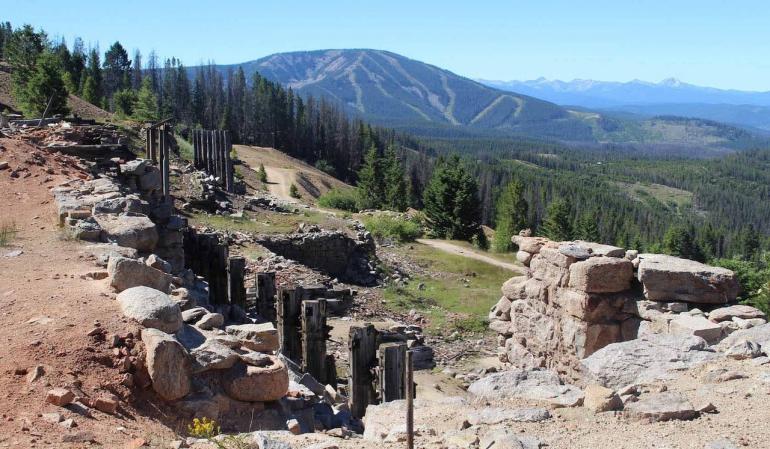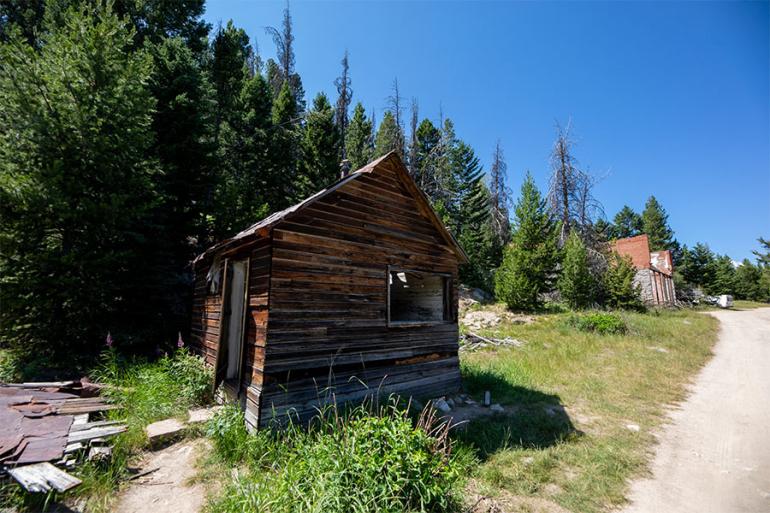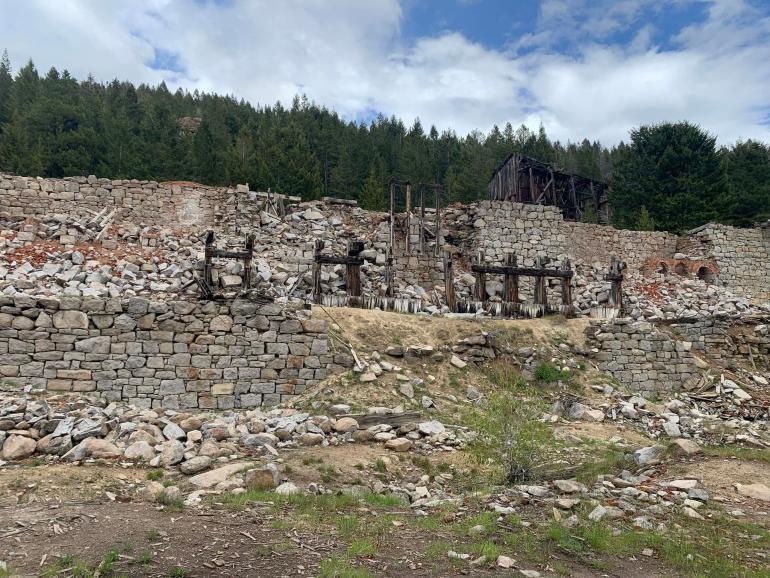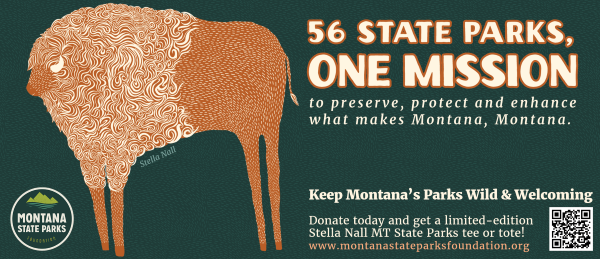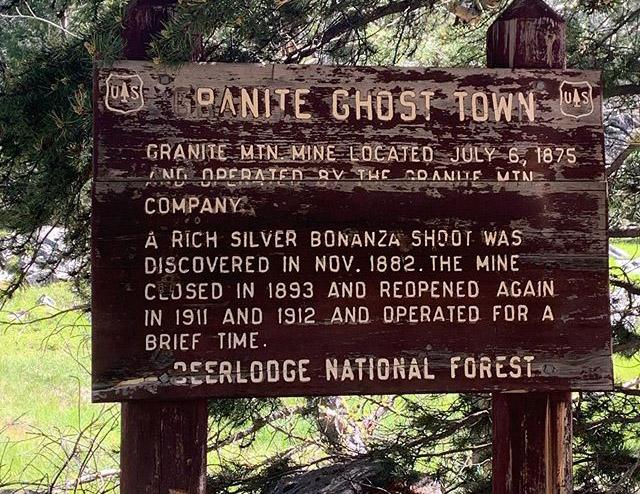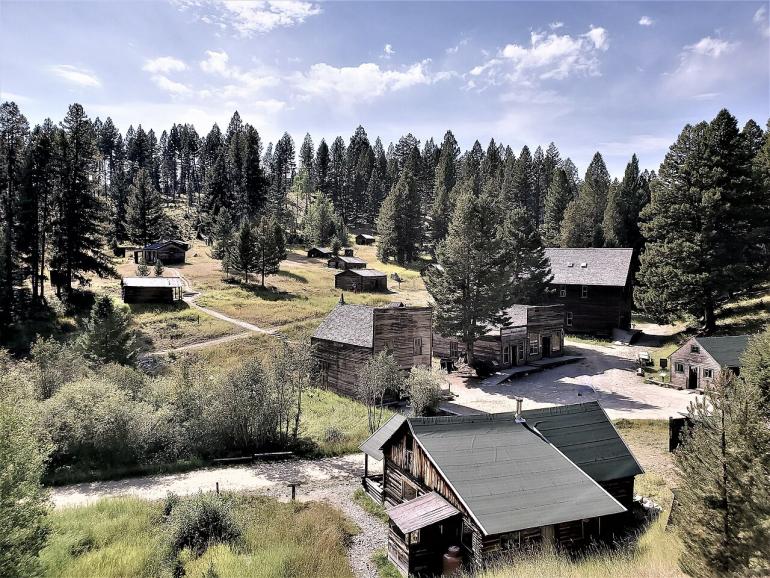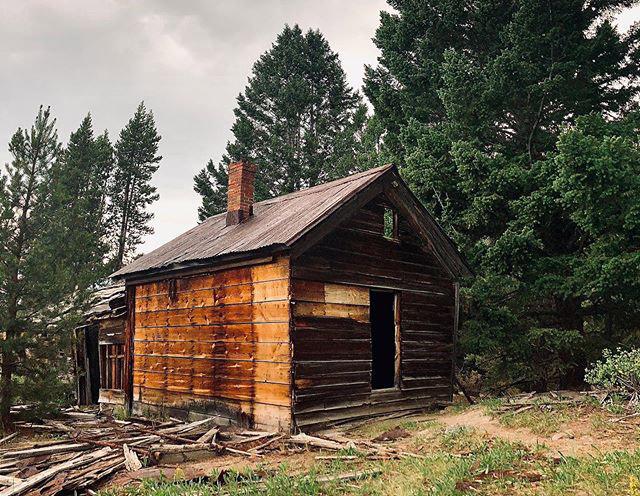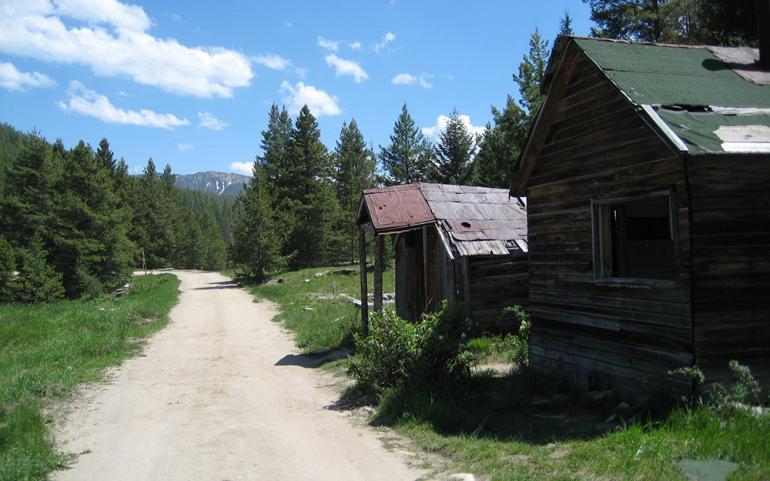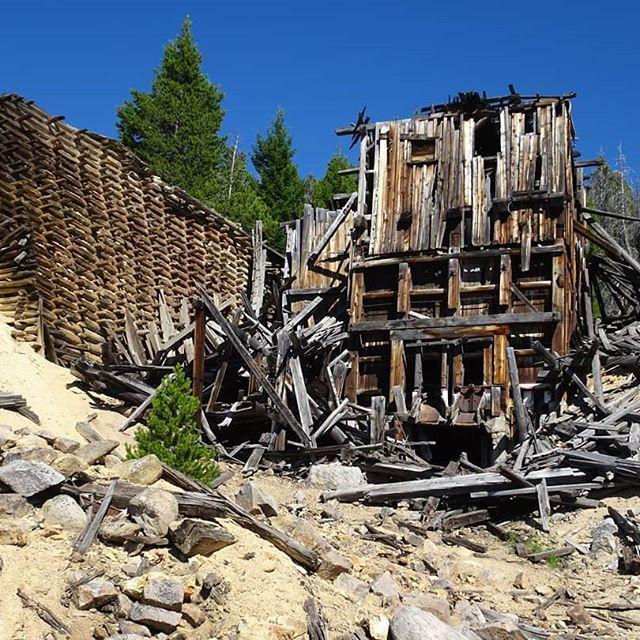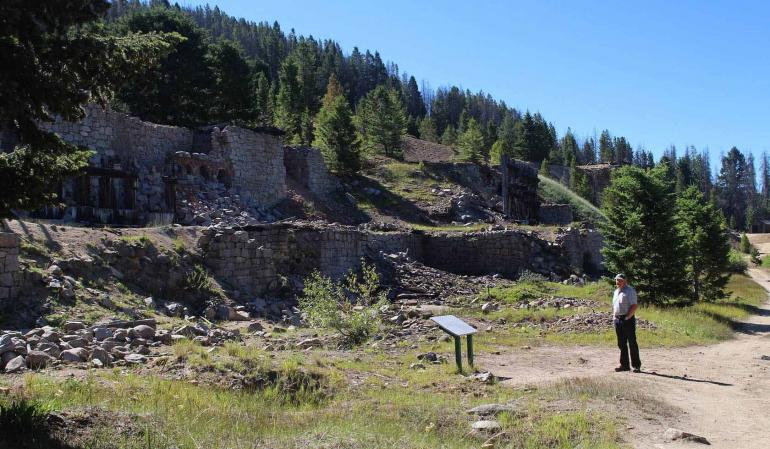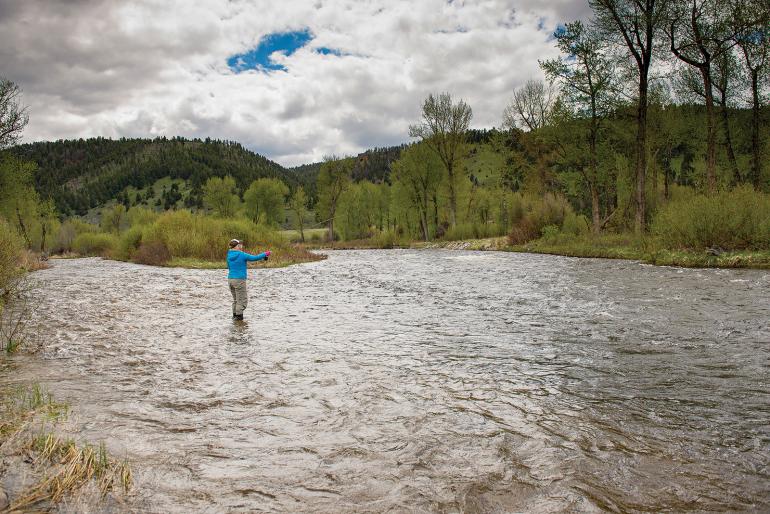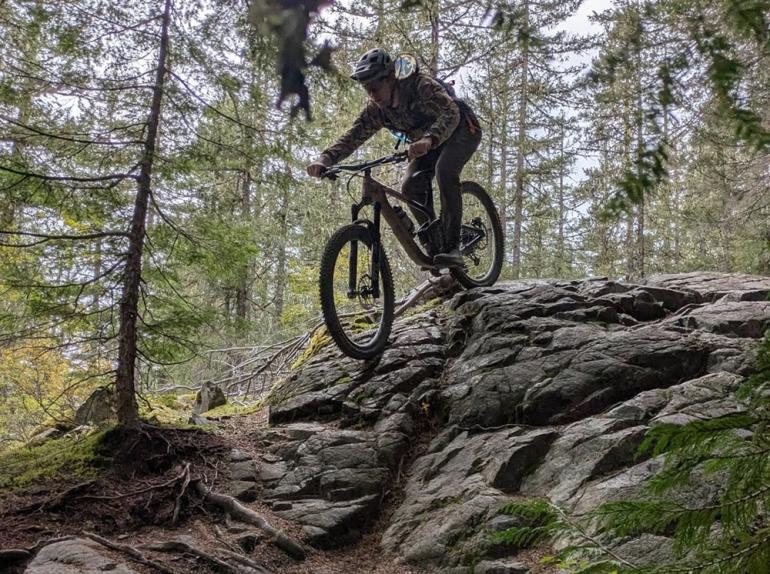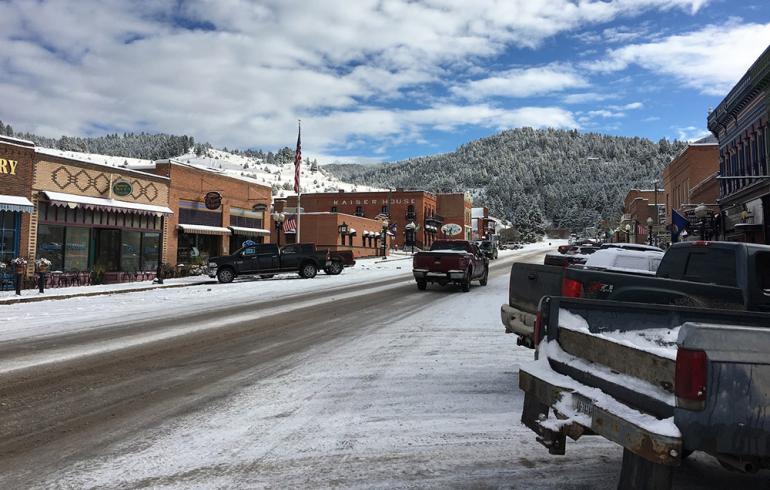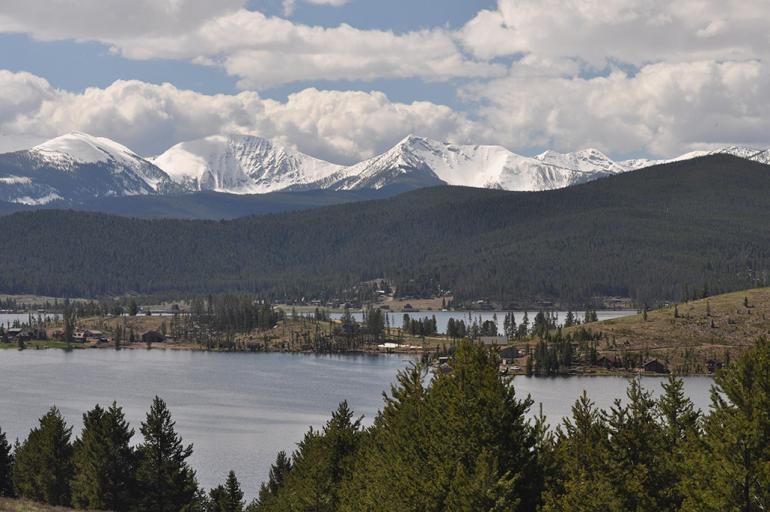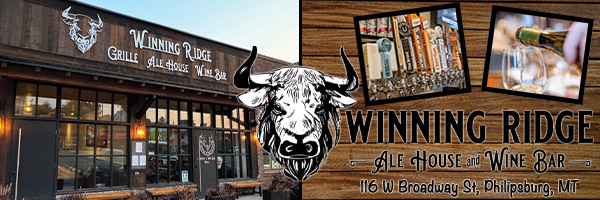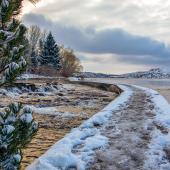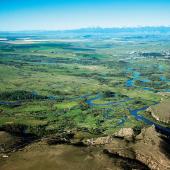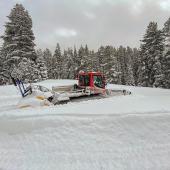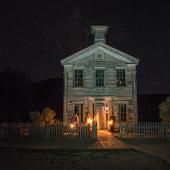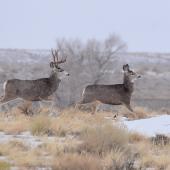A Sterling Example
Silver, silence, and small-town spirits at Granite Ghost Town State Park.
The road winds out of Philipsburg and up into the hills, rising steeply through pine forest and sunbaked rock. The farther you climb, the quieter it becomes, and soon the rumble of your tires gives way to the sounds of whistling wind and creaky old timber. Eventually, through the trees, the first stone walls appear. The structures are each headed toward their inevitable return to the earth, yet those that remain still stand with pride. This is Granite Ghost Town State Park, a relic of Montana’s silver boom that refuses to disappear.
In the early 1890s, Granite was the real deal—a thriving mountain municipality of nearly 3,000 souls, with hotels, saloons, even an opera house. But when the silver market crashed in 1894, most of the miners packed up and left. What remains today is a decrepit glimpse into what once was: the brick shell of the Miners’ Union Hall, the mining superintendent’s home perched against the slope, and scattered foundations of buildings overtaken by sagebrush and snow. As you walk the trails weaving through these ruins, you can almost hear the clang of ore carts echoing off the hillsides.
What sets Granite apart from Montana’s other ghost towns is its balance between accessibility and authenticity.
The drive alone makes the trip memorable. The road to Granite used to close during winter, but since the locals begun plowing the route to accommodate newly-built homes, it’s now open year-round—but “open” is relative term. From downtown Philipsburg, the road gains more than 1,000 feet in only a few miles; it’s steep, narrow, twisting, and not for the faint of heart. Perched at over 7,000 feet, the snow piles high, so expect icy corners and the sort of adventure that’s best suited for those with four-wheel drive and a thermos full of something warm. Only the main drag is plowed in Granite, but hardy visitors are welcome to hike or snowshoe deeper into the ruins should they choose. For those with snowmobiles, the quick zip through winter silence to explore the frozen remnants of Montana’s past is easy.
Before heading up, stop by the Granite County Museum in Philipsburg. It’s packed with exhibits and artifacts from the mining era, offering a helpful primer on the folks who once called Granite home. There, you’ll get a better sense of what you’re seeing when you reach the park—the lives behind the ruins and the sweat behind the stone.
What sets Granite apart from Montana’s other ghost towns is its balance between accessibility and authenticity. Granite truly hits the sweet spot—wild and unpolished yet close enough for a quick midday visit. It’s the kind of place that reminds you that history needn’t always be restored to be appreciated. Sometimes things are best left to weather in peace.
As autumn settles in, the surrounding Flint Creek Range come alive. Hillsides turn to gold, and the air carries that crisp, woody promise of winter’s oncoming visit. If you’re in the area, stick around after your ghost-town wander. Georgetown Lake’s glassy surface mirrors the larches just up the road, and Rock Creek still runs clear for late-season trout just below. Mountain bikers can spin along the Philipsburg Rail Trail, a mellow ride through stands of aspen and views that stretch all the way to the Pintlers. Hikers will find plenty of quiet routes branching into the Beaverhead-Deerlodge National Forest—empty trails, cool temperatures, and the soft rustle of leaves turning over to snow.
Should the day begin to cool faster than you’d like, head back down to Philipsburg where a postcard Main Street of pastel facades and friendly faces awaits—it’s both lively and laid-back. Wander the shops, grab a coffee, and maybe even indulge with a few pieces of taffy from the candy shop. Then, wrap things up the right way with a pint and a plate at the Winning Ridge Ale House. Between the mountain views out the window, the buzz of locals trading stories, and a lineup of Montana brews on tap, it’s the perfect finish. Order a burger, thaw your fingers, and raise a glass to the miners who once carved a life out of the granite above.
Granite Ghost Town isn’t just a place to see what was left behind—it’s a reminder of how quickly ambition gives way to silence, and how that silence still speaks volumes. Combine it with a weekend in Philipsburg—history, color, and community all wrapped into one—and you’ll understand why some Montana treasures never quite fade away.
This state-park highlight is brought to you by the Montana State Parks Foundation — “Preserving and enhancing Montana's State Parks for today and tomorrow’s State Parks for today and tomorrow."

